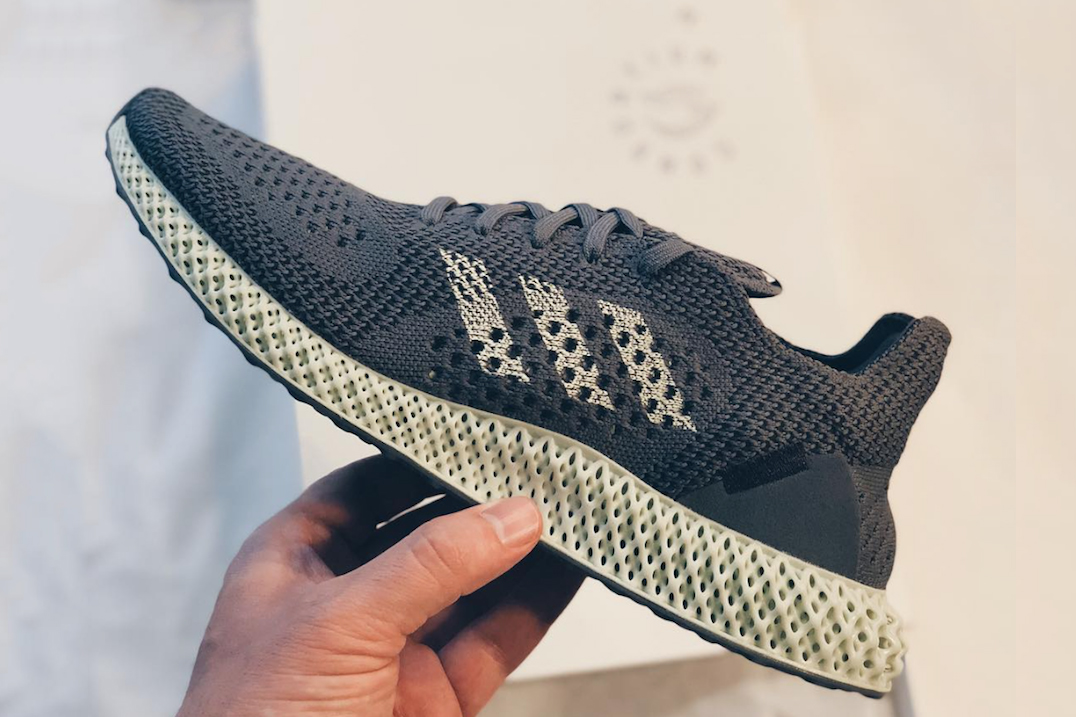
This was capable with traditional 3D-printing, but that process was timely, expensive and not really scalable. The ease of this process, and the steps it removes financially, mean adidas could take physical data from a specific consumer and build footwear specifically for their weight, height and foot structure. Even greater than this, however, is potential for large scale customization-not just for athletes.

This offers a few benefits including the elimination of prototyping and moulding, a larger manufacturing scale at speeds not yet known. Taking this never-before-used technology, adidas developed a latticed midsole-with weave consistency varied throughout-based upon 17 years worth of running data. The adidas Futurecraft 4D is a world first. Yes, the idea of light and oxygen being utilized to build a shoe comes with a tech-oriented wow factor but there’s more here. What this means for adidas, and their impressive new Futurecraft 4D debut, is that you can build an entirely customized midsole very rapidly, by pulling it up-almost magically-from this resin. An object is crafted as it’s pulled upward and out from the pool-light constricting it, oxygen nourishing it. Hundreds of microns above, light strikes and hardens as if 3D-printing, while more resin filters below.

The resin on top of that member won’t cure. Here, a pool of responsive, dynamic resin rests on an optical member (more or less a piece of glass) with proprietary technology in it that let’s oxygen through.

There’s a process known as Digital Light Synthesis, invented by the California-based technology firm Carbon-and it’s unlike any other employed in accessories.


 0 kommentar(er)
0 kommentar(er)
